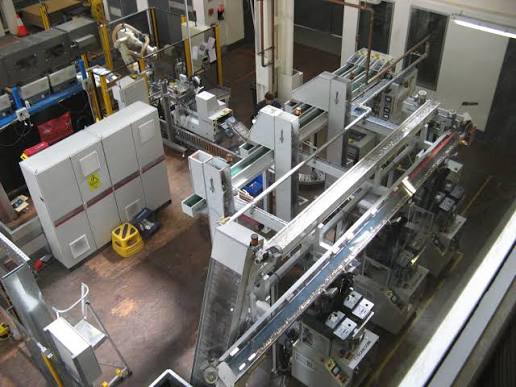Packaging is a crucial aspect of almost all industries, such as agriculture and food, chemicals, and construction materials. Bagging systems are only one of the many types of packaging technologies that are currently used in packaging products efficiently and preparing them to be stored, transported, and ultimately delivered to the customer. Although the bagging systems themselves may go undetected by the final consumer, bulk packaging largely depends on this method, thus being accurate, safe, and economical. A bagging system is an automated or semi-automated equipment that collects and seals bags with a certain product. This article provides a general overview of an ultimate guide on the bagging system.
Types of Bagging Systems
It is important to note that the bagging system is used in various kinds of industries, such as food and agriculture, chemicals, construction sectors, etc. However, for that purpose, there are different types of bagging systems. These types are:
- Open-Mouth Bagging Systems: They are applied to pre-made bags, which are manually or automatically loaded on a filling spout. They can be applied to a variety of products such as flour, sugar, grains, and animal feed.
- Form-Fill-Seal (FFS) Systems: In this case, a roll of plastic film is used to make bags, whereby the product is filled and the bags sealed. FFS machines are very efficient and can be utilized in industries with high capacity, like fertilizers, chemicals, and resins.
- Valve Bag Fillers: The machines fill bags with a valve hole and thus, reduce spillage and dust, mainly when the material is a powder, like cement or chemicals.
- Rotary Bagging Systems: These systems are also known as bagging carousels and consist of several filling stations. Their purpose is to do high-speed production, which can fill thousands of bags in a single hour.
What are the benefits of a bagging system?
The bagging systems are now an essential part of any packaging process and provide businesses in any field with tools that help in streamlining their production, cutting costs, and enhancing the quality of their products. These benefits are listed below:
Better Efficiency and Productivity
The bagging systems enhance the packaging speed significantly than the manual methods. With hundreds or even thousands of bags being processed by automated machines each hour, production time is saved, and businesses are able to satisfy high volumes without sacrificing quality.
Precision and Consistency
There are precise dosing and weighing processes that ensure that a bag has specific amounts of product. These processes help eliminate waste, prevent underfilling or overfilling bags, and ensure customers will have the same amount every time, creating trust in the brand.
Safer and More Hygienic
Bagging systems provide safer, more sanitary processes to reduce direct human contact with products by automating the filling and sealing process. This is more applicable in the food, chemical, and pharmaceutical businesses where the safety of the workers and the sanitation matter.
Cost Savings
A bagging system could be initially expensive, but the long-term savings could be quite considerable. Decreases in labor usage, product waste dispensing, and decreasing filling time/throughput using fewer resources result in reduced operational costs and faster payback.
Speed
A bagging system has one of the biggest advantages in its capacity to process large quantities of work in a very short time. Automated machines are capable of processing hundreds or even thousands of bags per hour, which is way more than can be done manually. Such speed will keep the businesses alive to the rising market demands and allow them to continue operating their supply chain successfully.
Flexibility and Versatility
Bagging systems work with virtually an infinite number of products, including, but not limited to, grains, powders, chemicals, feed, or construction materials. They are also scalable, where semi-automatic systems are applied to small businesses, and completely automated high-speed lines are used in industrial manufacturers.
Conclusion
Bagging systems process bulk goods into standardized and well-packed products, making the process accurate, efficient, and safe. Bagging systems play a crucial role in packing endeavors globally conducted by small to large food producers. As it relates to industry development, Bagging systems are thought to be the driving force for innovation in packaging; they deliver efficiency while accommodating the pressures of sustainability and digital transformation.



























